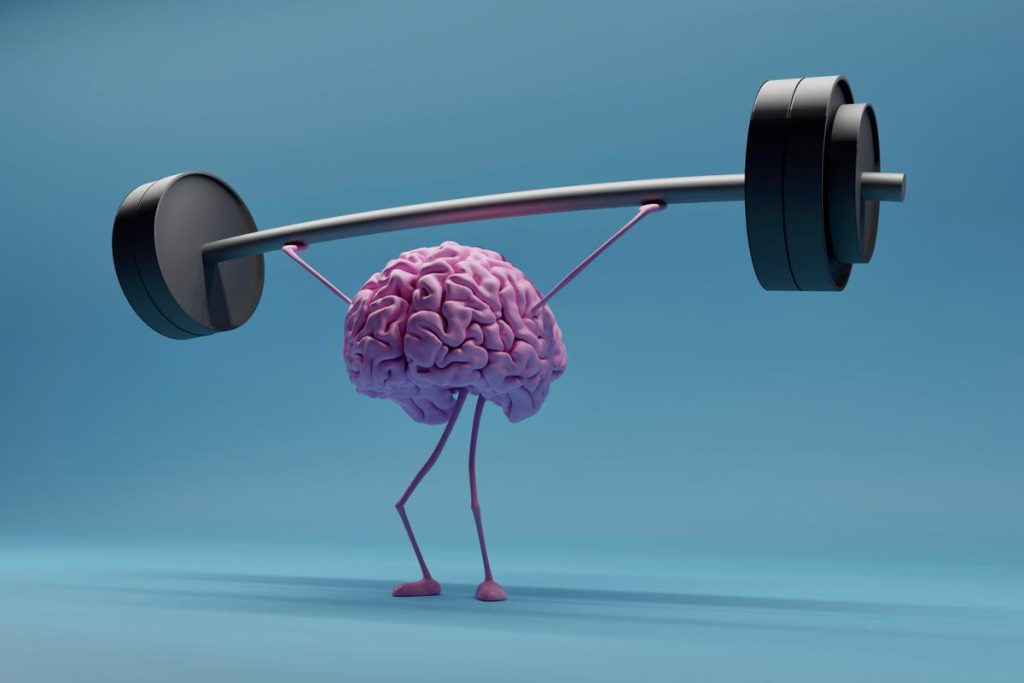What do blood transfusions, exercise, and a longevity hormone have in common? All three help improve cognitive health and, to varying extents, rejuvenate the brain. The issue? Nobody could pinpoint the exact molecule responsible for the improvements. Now, three teams of researchers —two teams based at the University of California San Francisco (UCSF) and one team from the University of Queensland, Australia— have cracked the code by tracing the brain-boosting effects of the interventions to a protein called platelet factor 4 (PF4).
Young Blood, Young Brain
The first study, published in Nature, focused on blood transfusions. The group of researchers, led by Adam Schroer and Patrick Ventura, injected old mice with the blood of young mice. They noticed that the influx of young blood brought with it all kinds of health improvements, including stronger muscles and decreased brain inflammation. Somehow, blood from young mice was helping old mice turn back their biological clocks.
By analyzing the blood of the young mice, the scientists discovered that it contained noticeably higher levels of platelet factor 4 than did the blood of old mice. They saw the same thing when comparing the blood of young humans to that of older humans.
To test whether they had stumbled upon the culprit, they isolated platelet factor 4 and injected it directly into old mice, without the addition of any young blood. As before, the old mice began to rejuvenate; inflammation in the hippocampus —an area closely tied to memory— decreased, brain connectivity increased, and thinking skills improved.
“We’re taking 22-month-old mice, equivalent to a human in their 70s, and PF4 is bringing them back to function close to their late 30s, early 40s,” said senior author, Saul A. Villeda, PhD.
The Benefits of Exercise Without Moving?
The team at the University of Queensland, Australia honed in on exercise and cognitive function. Published in Nature Communications, their work indicates that platelet factor 4 is central to the powerful benefits of exercise on brain health.
Building on a mountain of evidence that exercise helps delay and soften the onset of cognitive decline, the researchers sought to isolate the source of these benefits. In earlier work released in 2019, senior author, Tara Walker, PhD, and her lab discerned that exercise activates and releases platelets into the bloodstream. These platelets activated a host of proteins and hormones, including platelet factor 4. At the time, they tested platelet factor 4 for its ability to stimulate the production of new neurons in the brain, known as neurogenesis. Direct delivery of platelet factor 4 into the brains of mice did manage to enhance neurogenesis, improving memory and slowing age-related cognitive decline.
With their latest research, they returned to confirm whether the same effects could be achieved through systemic delivery of platelet factor 4 — through the bloodstream. As expected, old mice again showed increases in neurogenesis and a general restoration of cognitive function.
In a recent press statement, Walker mentions that, “For a lot of people with health conditions, mobility issues or advanced in age, exercise isn’t possible, so pharmacological intervention is an important area of research. We can now target platelets to promote neurogenesis, enhance cognition and counteract age-related cognitive decline.”
Klotho, The Spinner of Life
In recent years, Klotho has risen to prominence as a “longevity” protein. Named after the Greek Fate in charge of spinning the thread of life, the protein has been associated with increased lifespan and improved brain function. But when injected into the bloodstream, the protein itself doesn’t reach the brain. Clearly there has to be some kind of middleman at play.
Writing in Nature Aging, senior author Dena Dubal, MD, PhD and her team set out to locate the molecule in charge of klotho’s rejuvenating properties. They quickly noticed that administration of klotho was followed by a spike in platelets and, subsequently, proteins released by platelets. One of these was platelet factor 4 (PF4). Blocking the platelet response also cut off the cognitive enhancement usually associated with klotho — the platelets were necessary for klotho to be able to have its positive effects.
The researchers next honed in on platelet factor 4; as with the other teams, administration of platelet factor 4 alone was enough to trigger the same improvements to cognition and memory seen during injection with klotho. That said, engineered mice lacking platelet factor 4 still benefited from klotho, suggesting that other platelet factors may also play a role in the protein’s healing abilities. Future work should aim to name these additional factors and help fill in the gaps in our understanding.
Risk of Blood Clots?
Although this trifecta of studies is very exciting, we should not get ahead of ourselves. Platelet factor 4 is a natural blood coagulant — it thickens blood to help clog up wounds and stop bleeding at sites of injury. It is a critical component of tissue repair. But, you can have too much of a good thing: an excessive amount of platelet factor 4 may lead to blood clotting outside of injury contexts. Clotting inside veins and arteries can pose serious risks, including heart attacks or strokes. Before being used therapeutically in humans, any intervention based on platelet factor 4 would need rigorous safety testing to make sure it does not increase the risk of harmful blood clots.
Implications
Potential risks aside, this new research makes a compelling case for the importance of platelet factor 4 in cognitive health, including critical thinking and memory. The study involving Klotho also indicates that there may be other, as-yet-unknown platelet factors that hold similar roles.
For more stories on Klotho, please take a look at my website: www.williamhaseltine.com
Read the full article here









